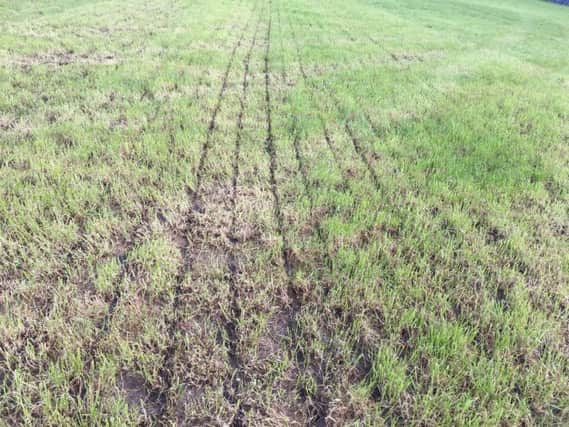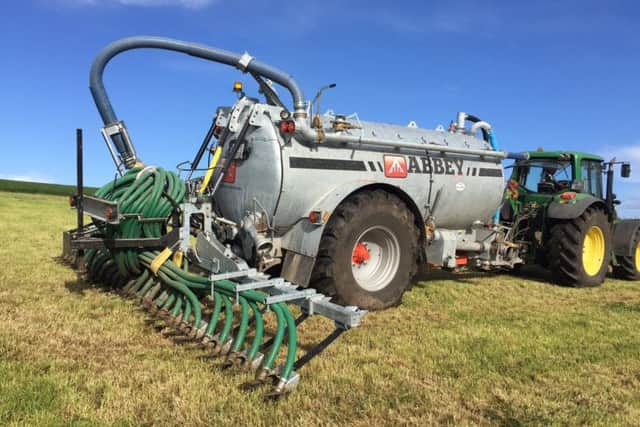Maximising slurry value and minimising the impact on the soil


Key considerations are as follows:
What is the quality of the sward? Is there sufficient rye grass across the field? What are the level of weed burdens?
Does the field need to be reseeded?


What is the soil quality like?
What is overall soil fertility in the field?
Are there any drainage issues?
What is the lime status of the filed?


Has the field any compaction issues?
Let’s look at some of these in a little more detail.
Fertiliser is one of the major costs on farm and any areas where crops can be grown at lower costs, adds more money to your bottom line.
Advertisement
Hide AdAdvertisement
Hide AdThe value of slurry depends on the current price of chemical fertiliser - Nitrogen (N), Phosphorus (P) and Potassium (K) and the quantity of chemical fertiliser it replaces. Teagasc estimate the value of slurry (based on March 2017 fertiliser prices) to be approximately €1 per kg N, €2 per kg P, and €1 per kg K. The fertiliser value will depend on the amount of nutrient that is actually available for plant uptake at time of application and weather conditions.
The Nitrogen content in slurry exists in the form of ammonium-N (which is readily available for plant uptake) and in organic compounds (which are less available for plant uptake). Slurry, typically contains 40-60% of the total N content in the form of ammonium-N and the efficiency of recovery of ammonium-N depends on the weather conditions at the time of application. Applying in cool moist weather in spring rather than summer increases the amount of ammonium-N that is captured by the crop and reduces losses of N resulting from ammonia volatilisation.
The use of an Abbey tanker with a Vertical Trailing Shoe helps to get more value from slurry, by delivering the slurry right into grooves in the soil, below the crop canopy. This helps to maximise rapid soil penetration of the slurry, prevent 70% of the nitrogen being lost to the atmosphere, while also reducing the bad odour from slurry at the time of application – helping you get more nutrients from the slurry.
Animals and machines apply great force on to the ground and can cause severe compaction. Compaction has the negative effect of blocking air spaces in the soil, reduces root and plant growth and also impacts drainage. It is important to minimise poaching by stock while at grass and it is equally as important to choose machines with low ground pressure wheels, wider widths and maximum turning radius. This is a key area that Abbey focus on when it comes to their Slurry handling equipment.
For more information contact Michael A.O’Grady, Sales, Marketing & Business Development Manager, Abbey Machinery on 00353-67-26677 or visit www.abbeymachinery.